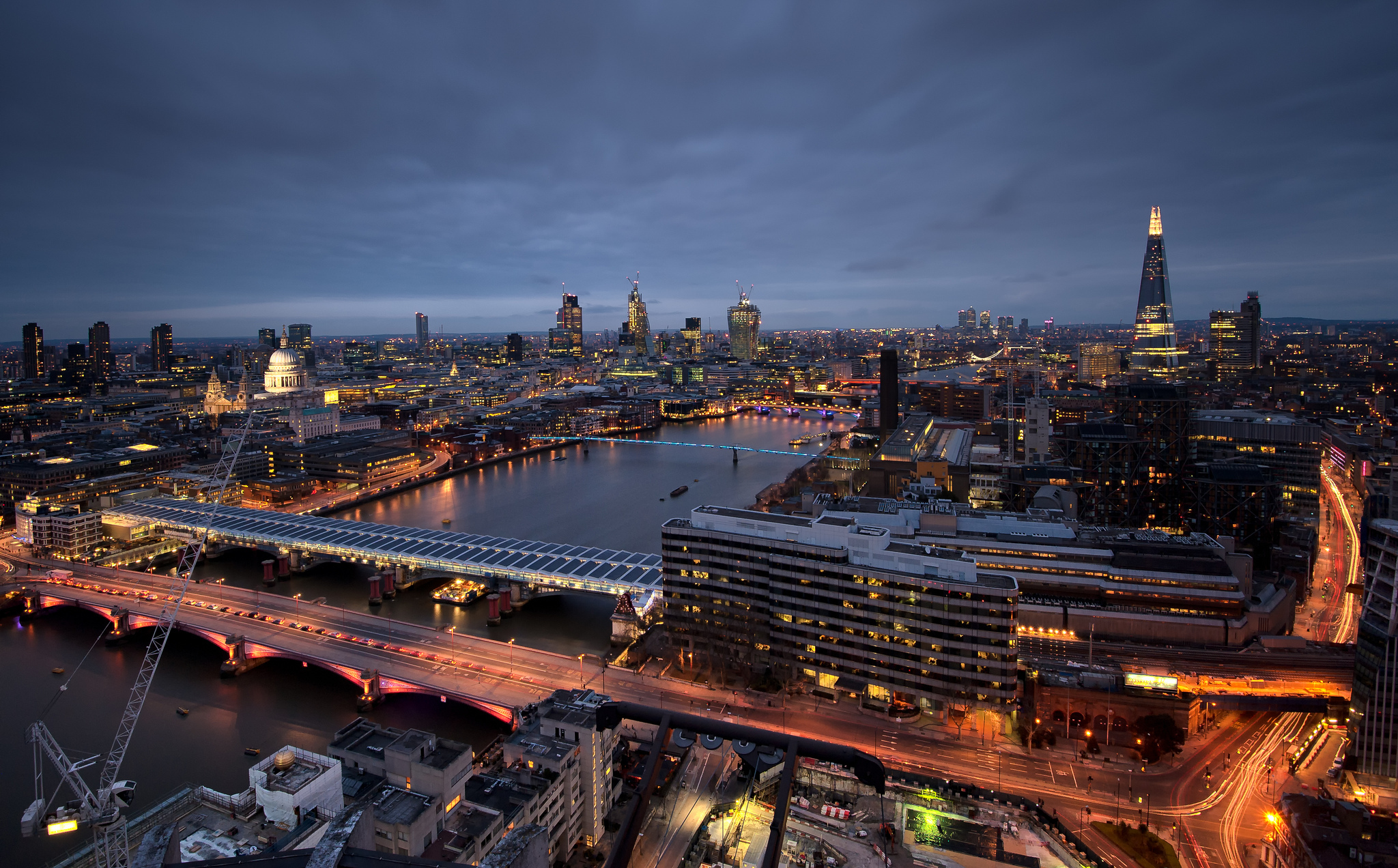Huge Financial Impact of Heathrow's Fire Blunder Revealed
Heathrow Airport is expected to face costs running into the "low tens of millions" of pounds following its chaotic closure in March, chief executive Thomas Woldbye has revealed. The temporary shutdown was caused by a fire at the North Hyde electrical substation in west London, which led to a power outage and forced the west London airport to halt operations from late on 20 March until around 6pm the following day. More than 270,000 air passenger journeys were disrupted by the incident.
The airport group is currently awaiting a report from the energy regulator Ofgem, which will help determine whether Heathrow can claim compensation from National Grid Electricity Transmission (NGET). Ofgem has launched an official enforcement investigation into NGET after a report by the National Energy System Operator found that the fire was the result of a preventable technical fault. The report highlighted that moisture had been detected in oil samples from the substation as far back as July 2018, yet no action was taken to replace the electrical insulators, or bushings, that were affected.
Mr Woldbye admitted there were lessons to be learned from the incident. He revealed that he had been asleep with his phone on silent when the decision to close the airport overnight was taken, a situation he said would not happen again. He said he wished his personal response had been different but added that the airport must have procedures in place to ensure the right decisions are made at the right time by the appropriate people, regardless of circumstances. “An organisation like ours has to be able to manage, whether the captain’s on the bridge or not,” he told BBC Radio 4’s Today programme, where he also denied misjudging what it meant to lead one of the world’s busiest airports.
Despite passenger numbers soaring to record highs, Heathrow revealed that pre-tax profits for the six months to 30 June plunged by more than a third, falling 37.2 per cent to £203 million. The decline was partly driven by rising costs, including a higher wage bill following last autumn’s budget measures.























